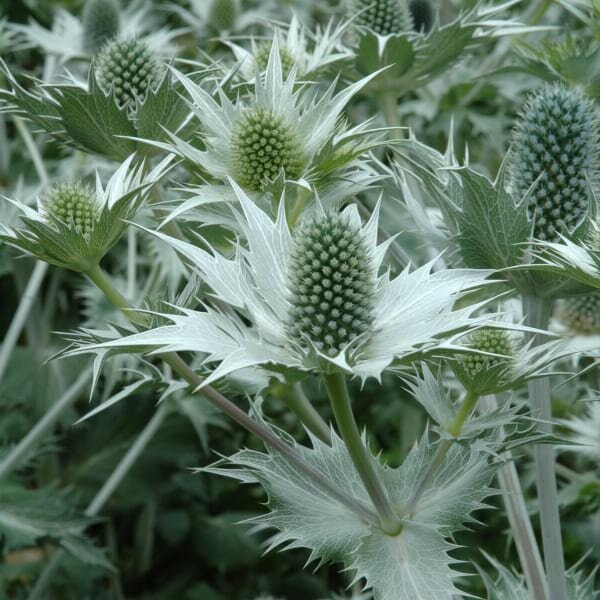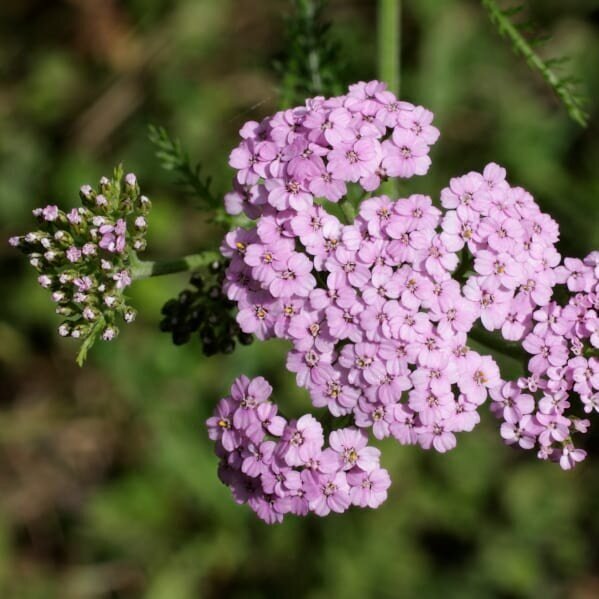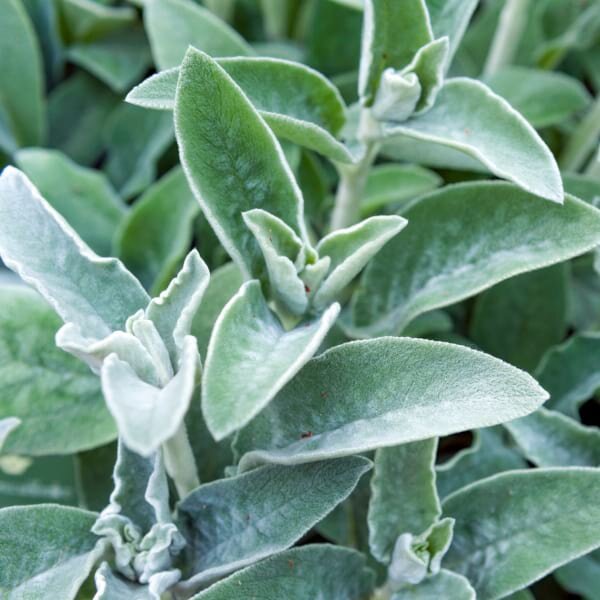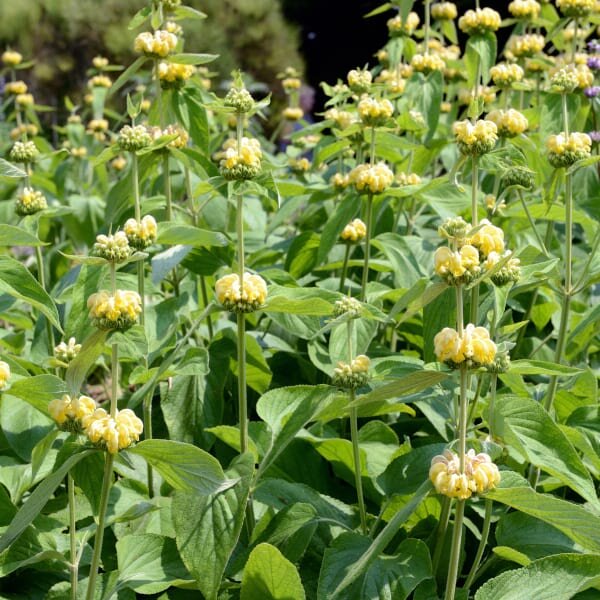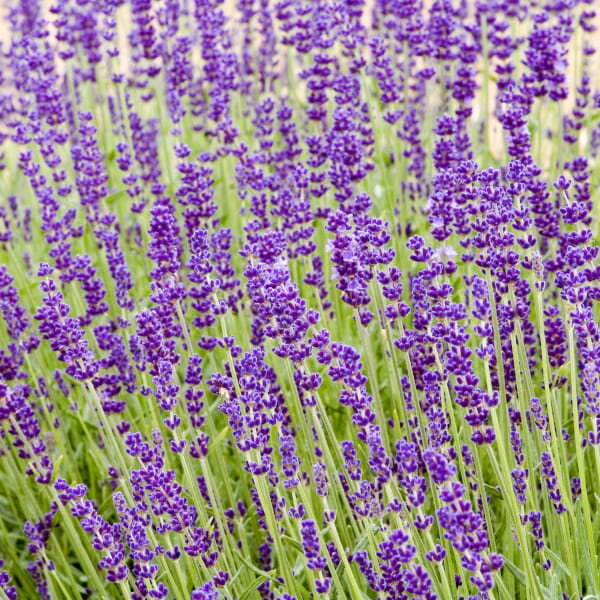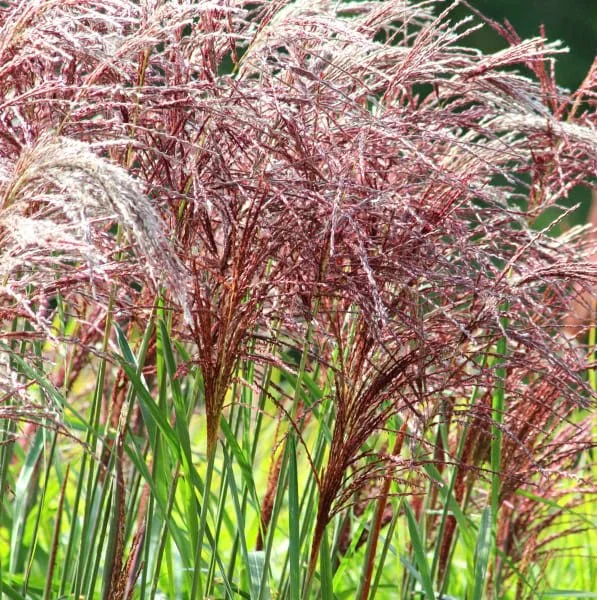The secrets of sustainable watering
Achillea
Watering is always a challenge, but time-consuming summer watering can be minimised by carefully choosing plants that are drought resistant.
Once established after a year or two, there is an exciting range of plants that can tolerate dry soils and low rainfall. These are often plants with grey-green or silver leaves that reflect sunlight well, but others use hairy stems and foliage to retain moisture.
Although irrigation becomes less critical once plants are established, there are some important points to remember:
Some planting will always require more water to flourish: bamboo and big leafy plants tend to be thirstier.
Shallow soils are often a problem in London or on roof-top terraces, and need irrigation just as much as planters and pots. A large plant in a small pot requires watering more often than one planted in a border where its roots can seek out and draw moisture from a much larger volume of soil.
Lawns have to be watered to show off their shimmering green splendour in summer. If a lawn does turn brown, however, the colour will return when the weather cools and there is more moisture in the soil.
Compacted soils where roots are unable to reach down into the subsoil layer will be more susceptible to drying out but also more susceptible to water logging, so need careful attention.
Digging in good quality organic matter and well-composted manure – we use Mr Muck – will improve soil so that it holds more water. Mulch on top will prevent the growth of weeds (which compete for moisture) but also keep moisture in.
It is essential to choose planting that is right for the conditions. If an area gets a lot of full sun and reflected light off buildings but you want to limit watering, use drought-resistant plants. On the other hand, in a traditional perennial border most plants will thrive without too much watering – just avoid very thirsty species such as Eupatorium maculate which needs a damp soil.
Our top 10 drought-resistant plants
Phlomis russeliana (Jerusalem sage)
Centaurea bella (cornflower)
Eryngium gigantism (Miss Willmott’s Ghost)
Achillea (yarrow)
Verbena bonariensis (verbena)
Stachys byzantina ‘Silver Carpet’ (lamb’s ears)
Lavandula augustifolia ‘Hidcote’ (lavender)
Perovskia ‘Blue Spire’ (Russian sage)
Santolina chamaecyparissus (cotton lavender)
Cistus × pulverulentus 'Sunset' (rock rose)
Irrigation tips
Here are a few irrigation tips from the Royal Horticultural Society (RHS):
Watering in the mornings means foliage and soil surface stay drier for longer, discouraging slugs, snails and mildew. Evening watering also works well, as cooler conditions mean less water is lost to evaporation.
Watering less frequently but more thoroughly helps get water down to deeper root tips.
Soil does not always need to be really wet because roots need air as well as water to prosper.
Light sandy or chalk soils need irrigating more frequently than heavy clay soils, but less water can be applied each time.
“Watering not only means providing the water our gardens need, but using it wisely. Water is a precious resource and supplies in the UK are under pressure from the effects of climate change, population increase and the need to protect the environment, such as river levels for wildlife.”
And here's an alarming thought: sprinklers can use as much water in an hour as a family of four people would normally use in two days!
It is now possible to have a high tech irrigation system for the everyday garden that can monitor local weather stations and adjust irrigation accordingly. Instead of using a standard amount of water every day regardless of weather conditions, smart watering systems can reduce the amount of water required,
Please get in touch to see how we can help you with your garden. You can reach us on 0207 305 7183 or email at enquire@alasteranderson.com



